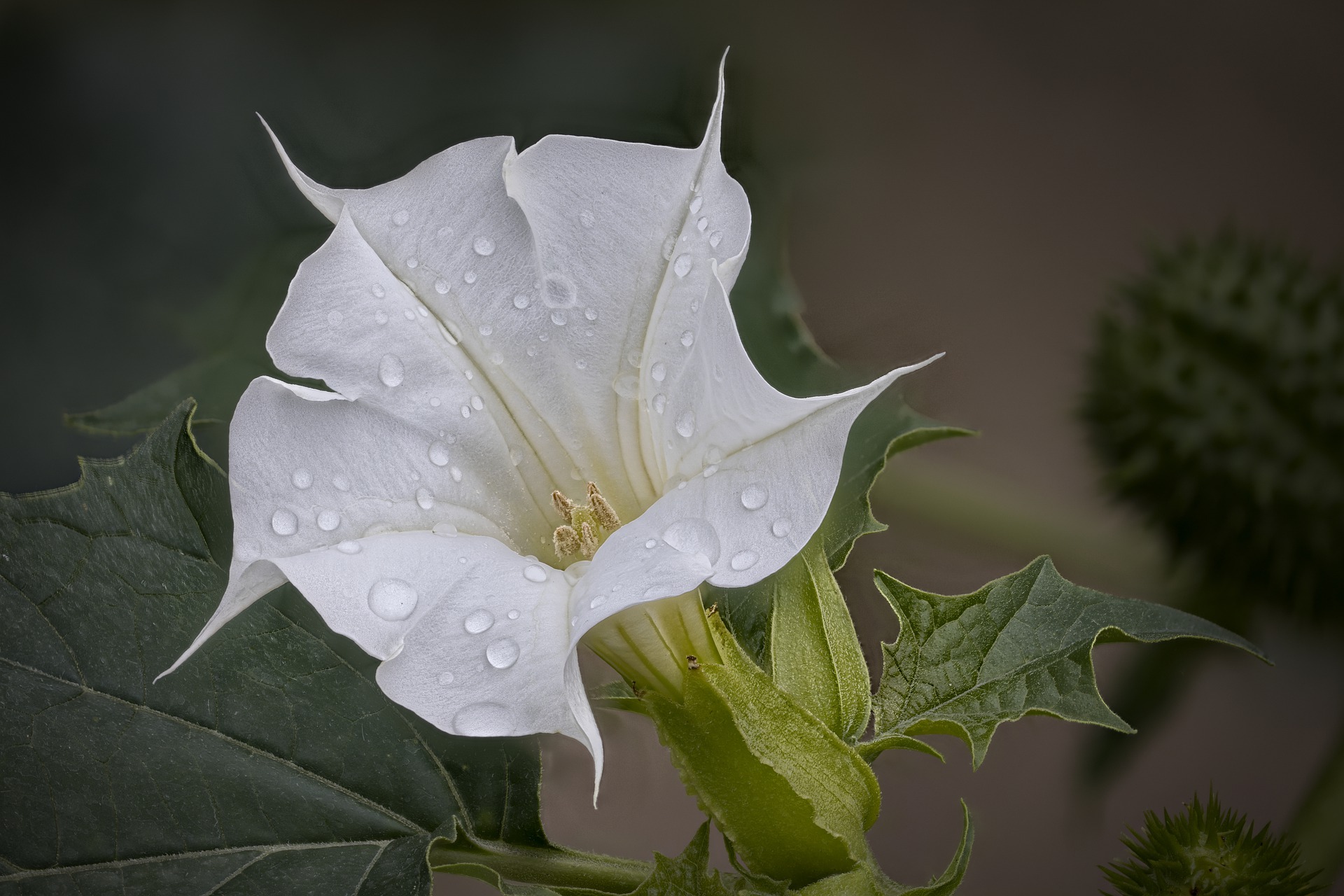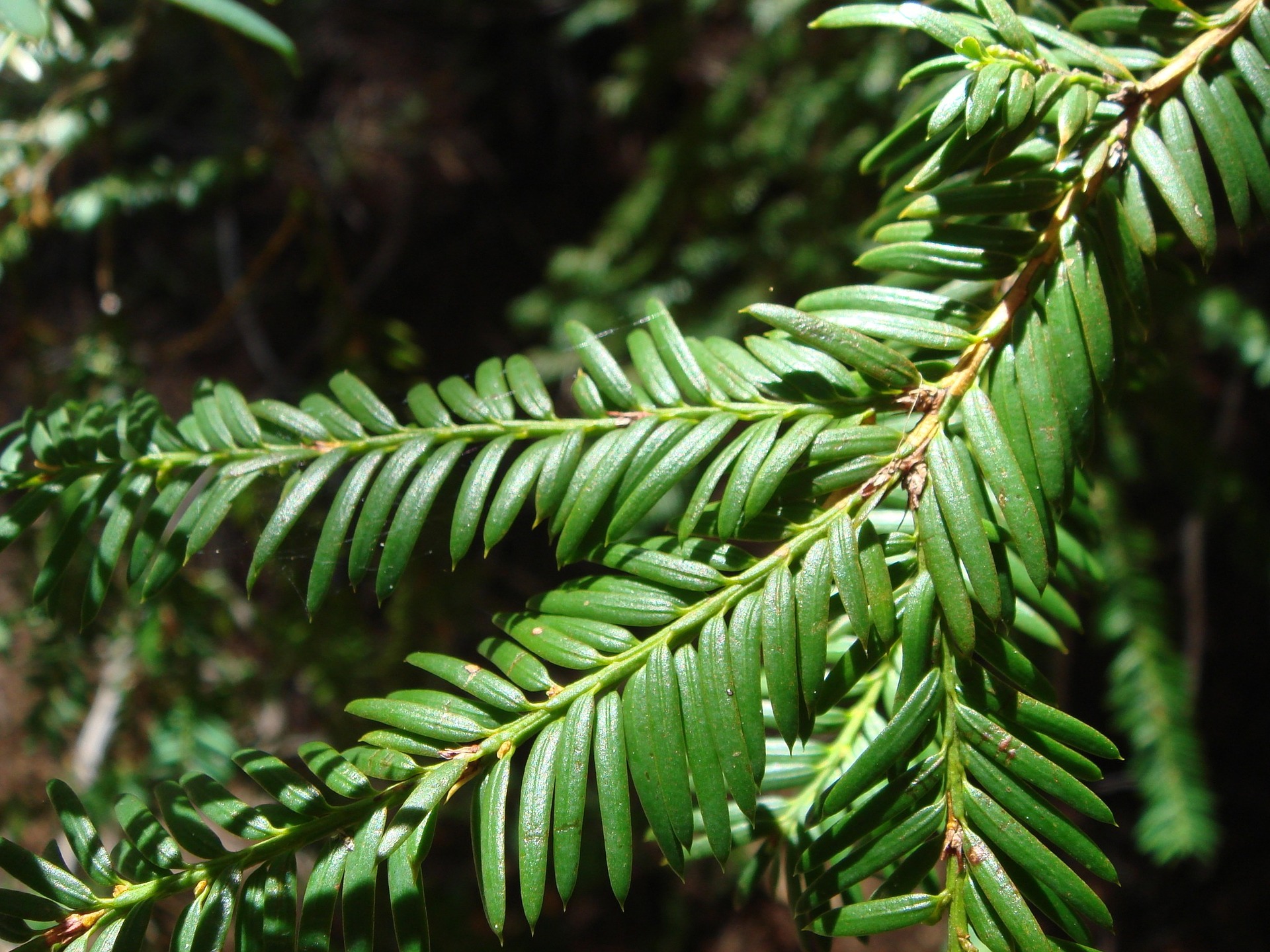For as long as people have been getting sick, they have been looking to the natural world for a way to alleviate their suffering and prevent illness. For early Indigenous Native Americans, whose livelihoods and culture relied on an intense knowledge of their local environments, considering native plants sources of therapy was obvious. Today, drug discovery scientists continue the practice of looking to the natural world to find bioactive compounds to treat human disease.
Although it is misguided to directly compare modern medicine and ethnobotanical pharmacological practices, it is clear that North American Indigenous people developed a host of sophisticated medical practices by any standard. Native American Indigenous people made syringes from hollowed bones, developed surgical procedures, and built an arsenal of botanical medicines. Some of these medical practices live on in Western medicine. Today, First Nations Peoples practice holistic Indigenous medicine alongside Western medicine. Here are just a few medicines used by Indigenous North Americans:
1) Aspirin
Aspirin was introduced by Bayer in 1899, but before it made its way to the market, a natural source of this medicine was used by ancient Egyptians and Indigenous Americans. The active ingredient in aspirin, acetylsalycilic acid, works to prevent pain by inhibiting a molecular machine called the cyclooxygenase (COX) enzyme. Inhibition of the COX enzyme prevents the production of prostaglandins, molecules which signal to the body to begin a pain and inflammation response at the site of injury.
Indigenous Americans chewed or boiled a tea of willow bark–which contains salicin, a molecule closely related to acetylsalycilic acid –to relieve pain from ailments including headaches and arthritis. Willow bark extract also contains a number of other molecules that may provide fever-reducing benefits and may cause a different therapeutic effect than aspirin alone. This highlights one major difference between Western and Indigenous medicine: while Western medicine relies on highly pure compounds and formulations, Indigenous medicine often uses whole plants and extracts.
2) Sunscreen
Like willow bark, sunscreen is another ancient concept developed by Indigenous Americans and other ancient civilizations across the globe. To prevent skin damage, sunscreen needs to physically or chemically block skin from UV rays. Notable examples of sun protection used in the Americas included the use of western wallflower extracts by the Zuni people as well as a mix of western hemlock pitch and deer fat used by the Hesquiaht First Nations people. Tribes in the Southwestern US used aloe vera to soothe burns while tribes of the Iroquois used the flowers and rhizomes of yellow sweetclover to treat facial sunburns and even pimples.
3) Anesthetics
Compared to the relatively barbaric anesthetic practices of their white contemporaries (think whiskey or a punch in the head), Indigenous Americans dealt with anesthesia more humanely. The Thornapple plant, or jimsonweed, was used as a general internal and external local anesthetic. Jimsonweed contains chemical compounds called tropane alkaloids, including atropine, scopolamine, and hydroscyamine. These compounds are thought to cause sedation by competing with a molecule called acetylcholine that our neurons use to communicate with one another.

Unsurprisingly, Western medicine has found a use for these potent tropane alkaloids . Atropine is used to increase heart rate or counteract nerve agent and pesticide poisonings. Scopolamine is taken through the skin in the form of a patch to prevent nausea due to motion sickness or caused by drugs used during surgery. Finally, hydroscyamine reduces intestinal cramping due to irritable bowel syndrome by slowing natural gut movement.
4) Paclitaxel (Taxol)
In 1964, Taxol (brand name Paclitaxel) was discovered to have cancer cell killing properties by National Cancer Institute researchers Monroe Wall and Mansukh Wani (at the Research Triangle Institute’s Natural Product Laboratory). However, Indigenous Americans were using the plant source of taxol, the bark of the Pacific yew tree, as medicine for hundreds of years prior. Taxol is a plant alkaloid compound, meaning that it kills cells by acting as a mitotic spindle poison. Instead of allowing cells to complete cell division by breaking down the microtubules that hold mitotic chromosomes in place (think breaking down tent poles to put away your tent), taxol stabilizes these microtubules, freezing cells during the fragile process of cell division and ultimately killing them.

Indigenous Americans used the bark of Pacific yew trees for a host of technical and spiritual practices. Additionally, the Haihas and Kitasoo tribes used Pacific yew tree bark as a medicine to treat stomach pain. The Tsimshian peoples of the Pacific Northwest (of which the Kitasoo are part) have been documented to use this plant in precisely the way we use it today — to treat cancer. We will likely never know how effective this treatment was by the standards of Western medicine, but the use of Pacific yew bark draws a plant-based connection between Western and Indigenous medical practices.
Peer edited by Jeanne-Marie McPherson